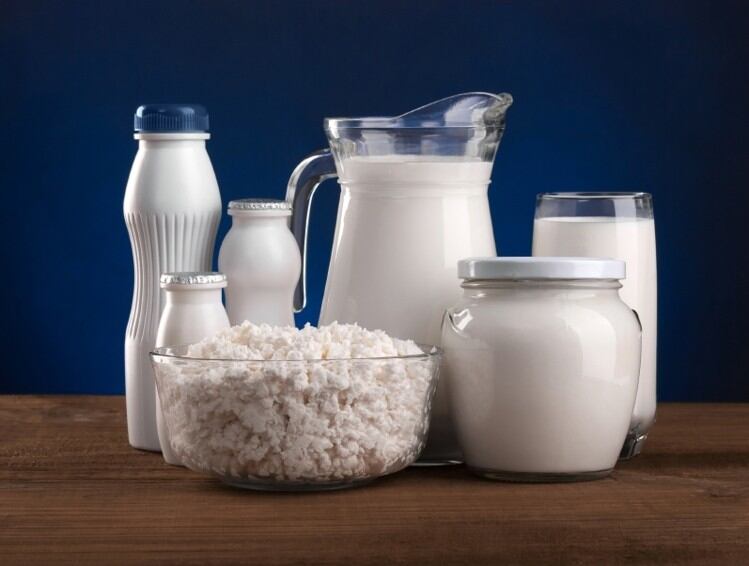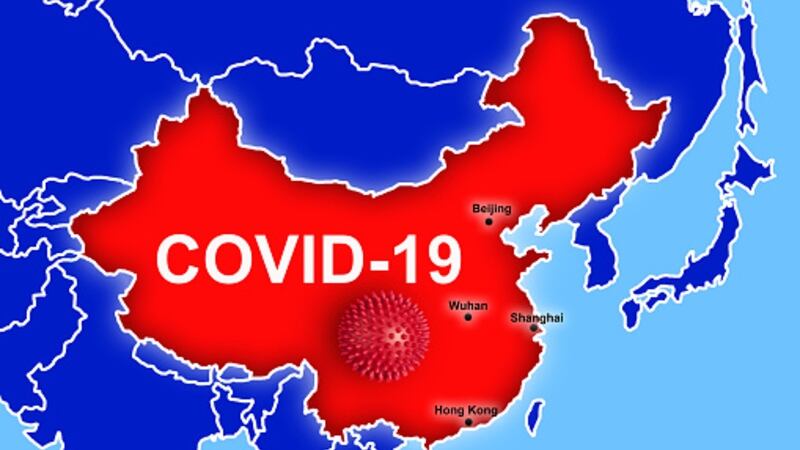The Strategic Review of Food Security and Nutrition in Indonesia: 2019–2020 Update report was commissioned by the Nobel Prize-winning UN World Food Programme (WFP) in July 2019, and conducted by the SMERU Research Institute in Indonesia.
“There has been a concerted effort by the government in the past five years or so to curb stunting, a problem caused by undernutrition, but much less focus on Indonesia’s other rapidly emerging nutrition issues such as overnutrition (which leads to chronic diseases like obesity) and micronutrient deficiencies (e.g. anaemia),” report lead author Sirojuddin Arif told FoodNavigator-Asia.
“Despite this, stunting levels are actually still high by international standards, and I think that although they are on the right track, they did not realise the complexity of the issue at the time or the problem grew faster than anyone expected – so there should really be a gradual [long-term] approach to this.
“At the same time, the proportions of Indonesians who are obese or overweight has grown over the past few decades, and the same is indicated for micronutrient deficiency - we don’t have representative data yet, but local surveys have seen anaemia become increasingly prevalent amongst pregnant women and children below the age of five over the last five years.”
He added that one of the major things that need to be done to address these issues is to increase the diversity of diets across Indonesia, but this is likely to present a massive challenge.
“Survey results have shown that 95% of the local adult population does not consume enough fruits and vegetables by international standards, and the Global Food Security Index has ranked Indonesia amongst the lowest spots in terms of dietary diversity,” said Sirojuddin.
To be precise, according to the 2019 version of the Global Food Security Index, Indonesia ranks 102 amongst 113 countries surveyed, with a ‘very weak’ score of 19 – over 35 points less than the global average of 55.8.
This is likely due to a huge proportion of the Indonesian diet comprising carbohydrates, such as rice or instant noodles.
“Obesity is usually associated with wealth, but one study showed that obesity growth rates tend to be higher amongst the poor – there is no definite link yet, but carbohydrate consumption has increased steadily amongst the lower income group in the last five years so intuitively, there is something there,” said Sirojuddin.
“Indonesians have been consuming more rice in the past few years, and to an extent this is worrying – it seems like people’s access to food has been increasing, but the quality of this food has not improved, [and] is not equal amongst different income groups.
“For example, rich people are able to buy more fruits and vegetables and protein like meat and eggs, but this is not always the case for the poor. In 2017, protein (beef) consumption in the highest income quintile was 84.1 grams per capita per day but this was just 45.7 grams for the quintile – an almost 50% difference, which is quite significant.”
Sirojuddin’s suggestion to the government is to broaden policies in this regard – and solve bureaucratic differences to get this done.
“At present, in Indonesia there are many different ministries and agencies governing different areas of food and nutrition, and communication across ministries is not optimal so this is a bureaucracy issue that should be looked at,” he said.
“Agriculture is under the purview of the Ministry of Agriculture, but Nutrition is viewed as under the Ministry of Health’s portfolio – these two functions should really be brought together in a systemic approach so that not just food production does not only focus on stability and security, but is also linked closely to nutrition. The agriculture system needs to be more nutrition and health focused.”
The report’s second author Widjajanti Isdijoso (Anti) added that fortification should also be looked at seriously when taking the micronutrient issue into consideration.
“There really is insufficient data on micronutrient deficiency currently except for anaemia – and even then, we don’t really have much in the way of blood data and how micronutrients are absorbed into the blood as such surveys are simple too expensive so don’t exist in Indonesia,” she said.
“So my first recommendation would be that the government should invest into data collection on micronutrient deficiencies, and the other thing is to pay more attention to fortification.
“I think we need rice fortification especially based on the consumption – this has been discussed for a long time with no programme implemented yet as it is also too expensive, but I think it is necessary, especially in the public distribution system.
“There is some oil fortification with vitamins happening, but this is not mandatory and most locals will buy oil that is sold loose instead too, which is also not fortified.”
The issue of processed foods
The report also found that the amount of processed food consumption is on the rise locally, which Anti also said was worrying not just because of nutritional but also food safety concerns.
“The consumption growth in total areas is growing very rapidly and penetration to these areas is really very fast. One of the factors driving this is the increasing participation of women in the workforce, so they cook less at home but this role is not filled by the men, so they opt to buy processed food to safe time,” she said.
“The issue here is that they will look for items priced as low as possible – which could not only be low quality, buy also carry food safety issues like unhealthy or unhygienic ingredients.
“Indonesians are also increasingly choosing instant noodles as a new staple food now, as this is cheap and tasty though not really nutritious – which is another worrying trend.”
Anti added that the F&B industry also has an important role to play in improving local diets.
“The trend for eating more processed foods is unavoidable, but food companies have a lot of room to help, such as providing better nutritional education, only making responsible on-label claims like not claiming there’s no sugar when there is, and conducting reformulation efforts for their products,” she said.





